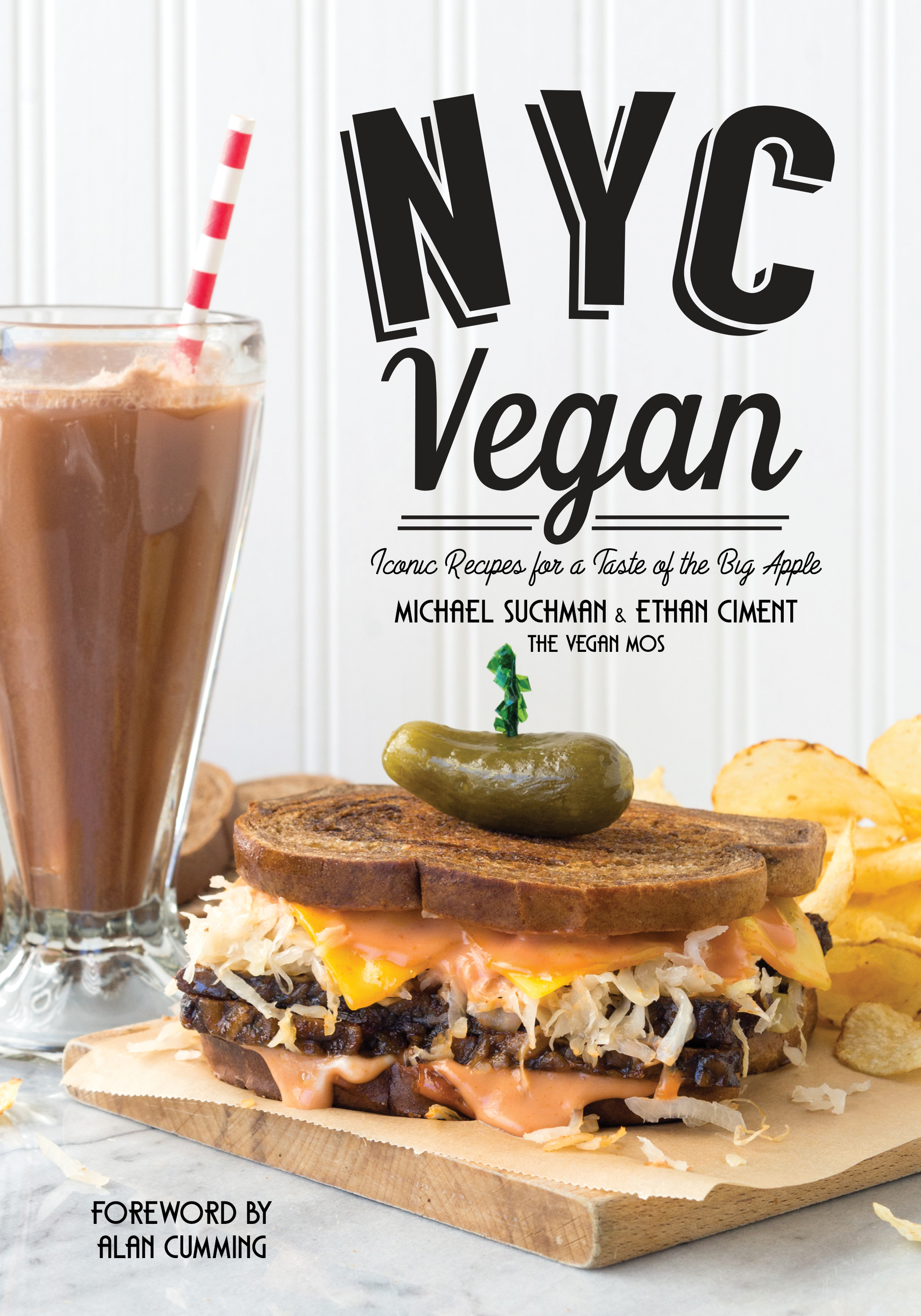In his new book, Vegan Mexico, Soul-Satisfying Regional Recipes from Tamales to Tostadas, Jason Wyrick takes us on a journey throughout the country, opens our palates to the amazing array of flavors that are found here and shows us how to bring those flavors to our plates. For most of us in the United States, when we think of Mexican food, we think of things like tacos, enchiladas, and burritos. However, as Ethan and I discovered on our trip to Mexico City in March, there is much more to Mexican cuisine. In a country as large as Mexico, to say that Mexican food is one specific thing is doing a tremendous disservice both to Mexico, its people and our own taste buds. The cuisine of Mexico varies from state to state and region to region. From the outset, Jason acknowledges the vastness of Mexican when he says, “Trying to encapsulate the cuisine of a country as diverse as Mexico in one book, or even five books, is a fool’s errand at best. However, I can give you a glimpse into the melting-pot world of Mexican food that will turn your kitchen into una cocina Mexicana.” Vegan Mexico is more than a cookbook in the sense of a collection of recipes, it’s a study of the cuisine of a country.
Vegan Mexico opens with an overview of the regions of Mexico, Jason’s personal connection to Mexico (his mother’s side of the family is from Mexico) and an attempt to answer the question, “What makes it Mexican?” In just a few pages, Jason summarizes the complexity of Mexican cuisine by pointing out that Mexico’s history was influenced by the Olmecs, Mayans, Aztecs, Pre and Post-Columbian North Americans, Spanish, French, Austrians, Middle East, Japanese, and Chinese, and it is one of the largest countries in the world with varied ecology ranging from hot deserts to cool tropical mountains. This diversity of influences and climates highlights why it is so hard to define Mexican cuisine. Jason them moves on to a brief discussion of how the history of Mexico can be told in one simple plate of food: beans, squash and corn, also known as The Three Sisters. These three ingredients are the building blocks of all Mesoamerican societies. He then shows how these simple ingredients were used and evolved over millenia.
With the background and history completed, before getting to the recipes, Jason discusses the tools and ingredients used throughout Vegan Mexico. He is quick to point out that we should not be worried if we cannot get some of the ingredients as there are substitutions available. As for the equipment, Jason says that while helpful, none of the tools he talk about are necessary to make the recipes in his book. In short, no one should be discouraged from trying these recipes because they cannot locate an ingredient or they don’t have a specific kitchen tool. Lastly, if you’re like me and get baffled by the differences between the varieties of chiles in the grocery store, this book is a tremendous help. Jason provides a great run down of each kind used in the book, and notes the ones that are essential for his recipes.
With the background and basics out of the way. the book then continues in 15, yes FIFTEEN, sections of recipes. These recipes are as varied as the regions of Mexico. From familiar foods like tacos and tamales to sandwiches, salads, and more. There is even a section on drinks.The recipes in each section showcase recipes from the various regions in Mexico. Each recipe is clearly written so that anyone, regardless of skill level in the kitchen, can make them. Check out these delicious and easy to make Tostadas with Hearts of Palm Ceviche
Document-71Jason’s love for Mexico, both its food and rich culture are evident throughout the book, and he happily shares it all with us. If you like Mexican food, Vegan Mexico is a must have. You will develop a new appreciation for Mexican cuisine and learn that what we in the United States typically think of as Mexican food is just a small part of the story.





